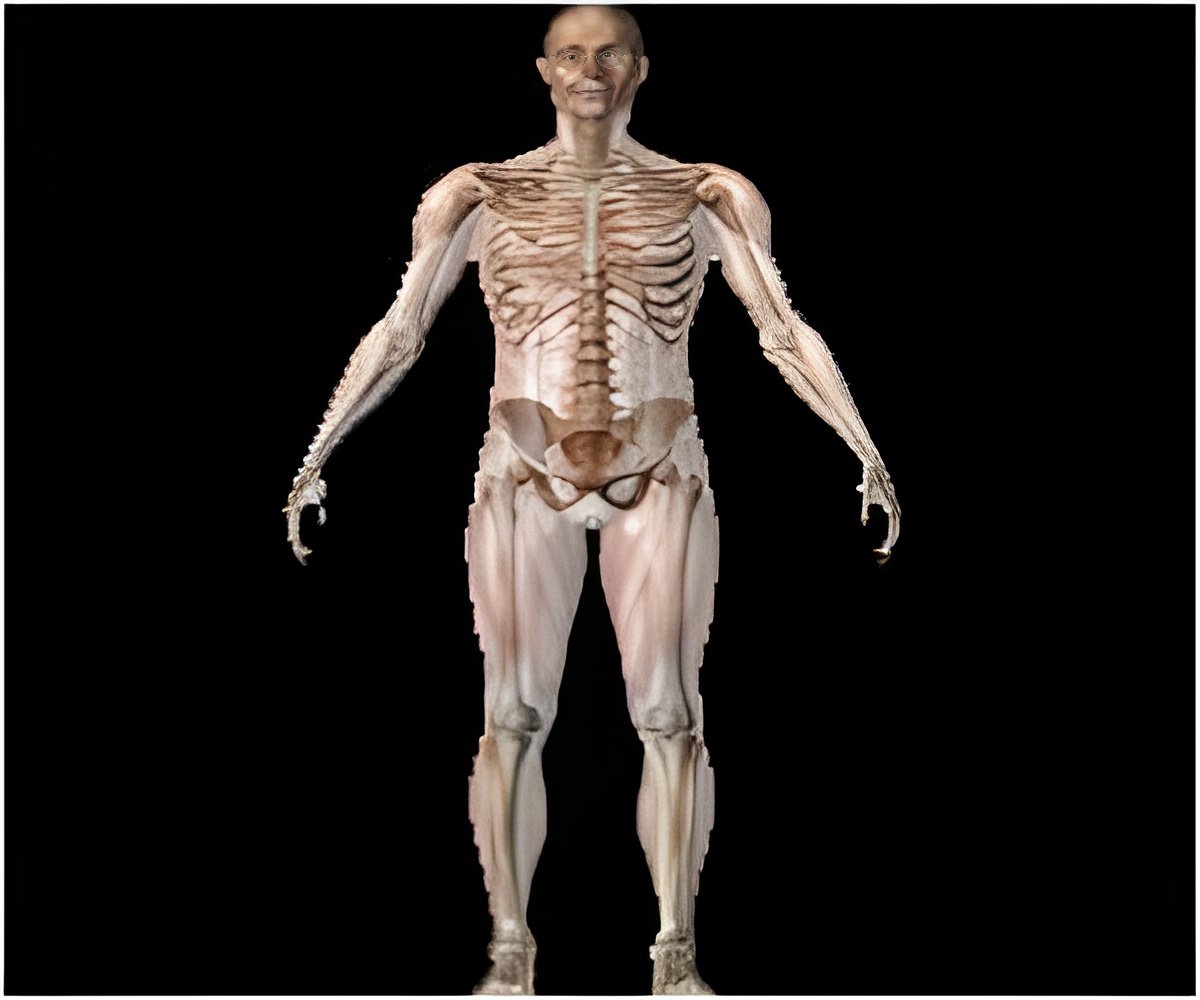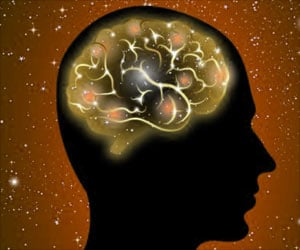
‘Mathematics can help explain and predict the breakdowns of the body’s system occurring due to dysregulation of its homeostasis. Thus it offers new ways of treating the systems to prevent or retaliate the defects when needed. The exploration of the body’s primitive role – homeostasis would thereby contribute any insights on the body’s dynamic shift which can be expanded to various other systems.’
Tweet it Now
Mathematics can help explain and predict these breakdowns, thereby offering new ways of treating the systems to prevent or fix them when things go wrong, as supported by researchers at the American Association for the Advancement of Science's virtual annual meeting. Homeostasis "is a biological phenomenon and biological systems wouldn't work without it. And if you had detailed, accurate mathematical models, you could numerically explore those systems, find places where this control really happens, and then you could estimate how things go wrong and how you might be able to correct it", says Marty Golubitsky, one of the presenters and a distinguished professor of natural and mathematical sciences at The Ohio State University.
Although the biological reasons behind the homeostasis regulation are well reported, the math behind it is less certain. However, by calculating the ways to keep the body regulated despite breakdowns in the body's systems may help design targeted medical care to needed ones.
Mathematics and Biological Issues
"This is part of precision medicine. People are different, and you need a model that can work on different people. And we think that's what we've developed here", says Best, who is also co-director of Ohio State's Mathematical Biosciences Institute.
Advertisement
The team affirms that this could be useful for biologists and others looking for ways to intervene when homeostasis breaks down. That breakdown causes several problems - too much glucose in a person's blood, for example, or not enough calcium in their bones.
Advertisement
The exploration of the body’s primitive role – homeostasis would thereby contribute any insights on the body’s dynamic shift which can be expanded to various other systems.
Source-Medindia








